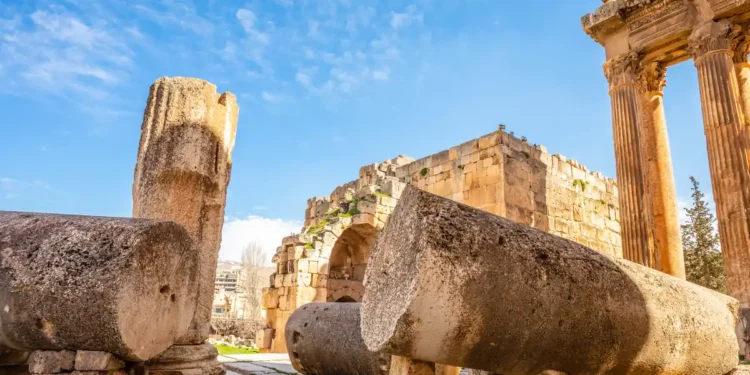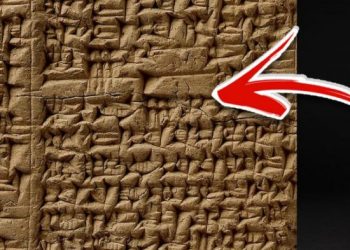Long before the birth of cities, kings, or written language, someone was carving monuments out of stone with uncanny precision. These weren’t simple shelters or scattered rocks. They were massive, organized, astronomically aligned structures—built by hands we still don’t understand. And in many cases, long before we were supposed to be capable of building anything at all. In this article, I will take you across some of the oldest structures on Earth.
What we’ve found at sites like Göbekli Tepe, Karahantepe, Nabta Playa, Gunung Padang, and the deepest layers of Baalbek doesn’t align with the timeline printed in textbooks. If the dates are correct—and mounting evidence suggests they are—then our timeline of civilization is off by thousands of years. Despite this overwhelming evidence, history is not being corrected or updated. We continue to tach the same outdated information in school. Despite physical evidence that suggests that history as we know it is far more complex than what we believed only a couple o decades ago. In this article, I will take you across some of my favorite ancient sites and explain why they don’t match history as we are being told.
Göbekli Tepe Was Buried on Purpose—But Why?
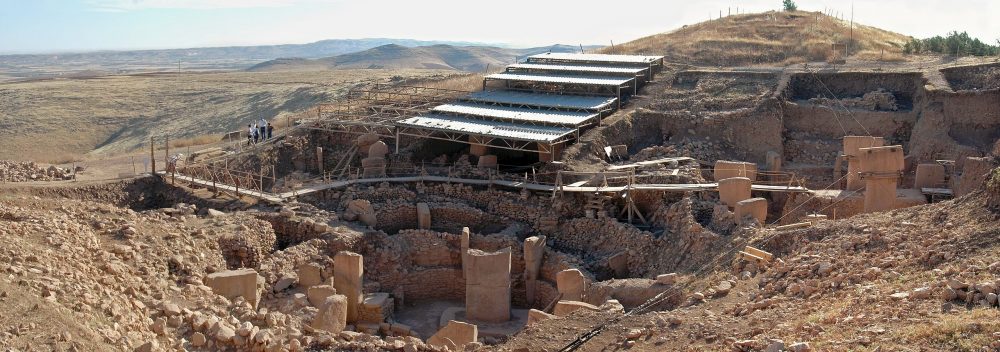
Tthis is, I think, one of my favorite ancient sites and literally one of the oldest strcutres on Earth, and I have written about it on various oacacions where I have outlined why this site is such a history breaker. Tucked beneath a dusty hill in southeastern Turkey, Göbekli Tepe stunned the archaeological world when it was first excavated in the 1990s. Carbon dating placed the site at least 11,500 years old, making it not only older than the pyramids, but older than agriculture, pottery, or any form of writing.
Carved T-shaped megaliths, each weighing up to 20 tons, stand in circular formations. They’re decorated with reliefs of wild animals, abstract symbols, and possibly mythological beings. The stonework is not rough or experimental—it’s precise. Intentional. Studies have demonstrated that he builders of this ancient site used advanced geometrical reasoning. And then there’s the strangest part: the entire complex was deliberately buried in antiquity. Someone not only built it—they entombed it. No one knows why.
What purpose did it serve? A temple? A place of ritual gathering? A sky-watching observatory? Nothing about Göbekli Tepe fits the narrative of primitive nomads just learning how to sow seeds. Tis site breaks history because sites like it should not have been possible according to mainstream experts. Yet there it is. Göbekli Tepe is truly a history changer and not many people know about it.
Karahantepe Adds Depth—Literally and Figuratively one of the Oldest Strcutures on Earth
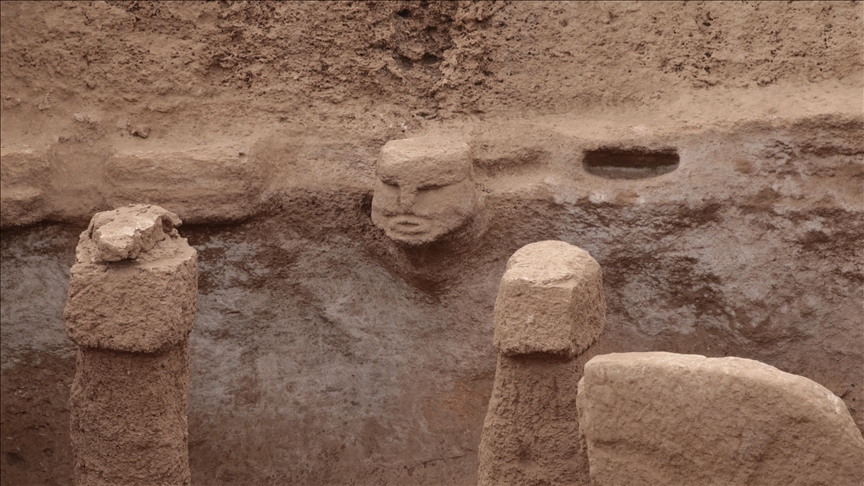
And a short distance away from Göbekli Tepe we have another shocker.
Just 35 kilometers from Göbekli Tepe lies Karahantepe, a site of the same age that may be even more complex. Unlike Göbekli’s open-air circles, Karahantepe includes deep, carved chambers—entire rooms built into the bedrock. More than 250 stone pillars have been uncovered so far, along with stylized human heads and abstract sculptures embedded in the walls. Who could have built these gigantic strcutres over 11,000 years ago? Where they really hunter-gatherers as mainstream experts suggest, or is there something more complex about these ancient people?
The complexity and site of this site was not a one-off anomaly. I believe that whoever built Göbekli Tepe was part of a broader cultural world—possibly a network of sacred or ceremonial sites. Karahantepe expands the story, suggesting the region was teeming with early symbolic architecture. And yet, just like Göbekli, it appears and disappears with no clear lineage, no gradual development, and no evolutionary trail. It’s as if it came from nowhere.
Nabta Playa May Have Tracked the Stars Before Egypt Had a Name
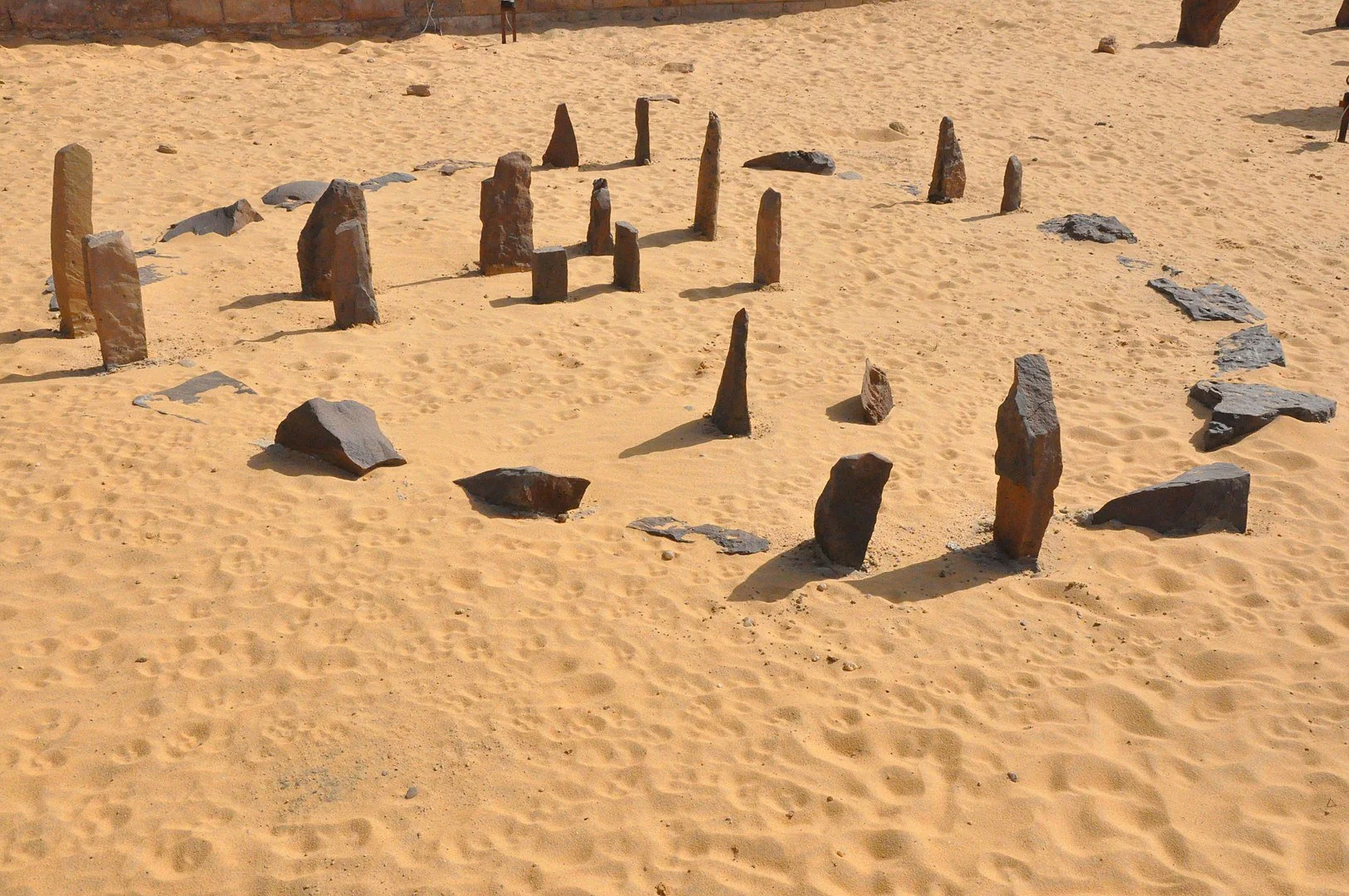
We cannot go through an article mentioning the oldest structures on Earth without mentioning this incredible acient site. In the Nubian Desert of southern Egypt, Nabta Playa looks at first like a scatter of rocks in the sand. But its alignment tells another story. Dating back 7,000 to 9,000 years, the stones were arranged to mark the rising of Sirius, the brightest star in the night sky—an event that would later become central to Egyptian calendar systems.
Long before pharaohs, this site may have served as both a ceremonial ground and a celestial clock. Buried cattle remains suggest ritual sacrifice, possibly tied to early pastoralist religion. This hints at a connection between astronomy, myth, and seasonal survival long before formal religion or kingdoms took shape. Though smaller in scale than Göbekli or Karahantepe, Nabta Playa reveals something similar: a deep concern with time, sky, and cosmic order. All from people we call “prehistoric.”
Gunung Padang Could Be the Oldest of Them All

Indonesia’s Gunung Padang might be the most controversial site on this list—but it could also be the most astonishing. On the surface, it looks like a stepped hill made of volcanic stone. But excavations in the last decade have revealed terraces, chambers, and layers of construction that extend 20 meters deep. Some geologists argue the deepest layers could date to as early as 20,000 BCE—a time when the Earth was still in the grip of the last Ice Age.
If proven true, it would be the oldest known human-built structure on Earth by a wide margin. But mainstream archaeologists remain skeptical. The core question is whether the deeper layers are artificial or natural. The debate is ongoing. Regardless of the final verdict, the site challenges our assumptions. At the very least, it shows human activity at the site far earlier than previously believed. At most, it suggests a lost chapter of human development buried—literally—beneath layers of time and earth.
Baalbek’s Megastones Hint at a Forgotten Foundation
Another one of my favorite sites.
High in the Bekaa Valley of Lebanon, the ruins of Baalbek are often credited to the Romans, who built temples to Jupiter and Bacchus atop its massive stone platform. But beneath those classical columns lies a deeper mystery—one that predates Roman engineering by millennia. At the heart of the platform are the Trilithon stones: three limestone blocks each weighing over 800 tons. Nearby, an unfinished stone known as the Stone of the Pregnant Woman weighs more than 1,000 tons. Even with today’s technology, moving and placing these megaliths would be a challenge.
No one knows how they were transported, lifted, or aligned with such precision—and the builders left no inscriptions, no clear cultural fingerprints. Some researchers argue the deepest layers of Baalbek’s foundation could stretch back to the pre-pottery Neolithic, possibly linked to the same horizon as Göbekli Tepe and Karahantepe. If that’s true, then Roman temples were built atop something far older—a platform whose origins remain undocumented. Baalbek’s base may not yet be as precisely dated as the others on this list, but it raises the same unsettling question: Who built the foundation—and when?
Why Were They Building at All?
Also, structures like Japan’s Ishibutai Kofun show that ancient builders worked with massive stones long before written history.
This is the question that lingers. Why were people with no cities, no writing, no metallurgy, and supposedly no organizational complexity carving massive stones and aligning them to the stars? Some researchers believe these were spiritual centers. Others think they were calendars—designed to track the solstices, lunar cycles, or stellar movements crucial to seasonal survival. Still others suggest they were gathering places where ideas, stories, and collective memory were shared in symbolic form.
But here’s the problem: none of this fits with how we define “prehistory.” We were taught that humans built monuments after developing agriculture and complex societies. These sites flip that script. Maybe, just maybe, the desire to build came first—and everything else followed.
If even one of these sites is as old as the evidence suggests, then the timeline of human history needs serious revision. The builders were capable of organizing labor, understanding celestial cycles, and shaping stone on a massive scale. These weren’t scattered efforts. They show patterns — of intent, of knowledge, and of memory we no longer share. There’s still too much we don’t know. But it’s clear we’ve been starting the story too late.



